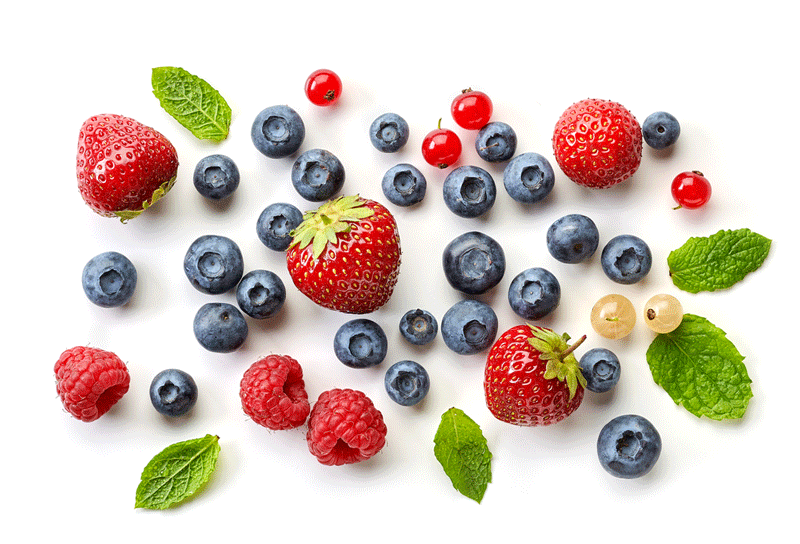
September 25, 2016
“If man has no tea in him,
he is incapable of understanding truth and beauty.”
Japanese Proverb
People sure is serious about their tea. There’s every good reason to be. Whether you drink it for its aroma or nutrients, it is hard to deny that this evergreen shrub native to Asia, Camellia sinensis, has brought us conversations, happiness and health.
Black, Green, Oolong, Dark and White teas all come from the same plant. Differences among them lies in the various degrees of processing and the level of oxidization. Black tea is fully oxidized whereas Oolong is partially oxidized. After withering and rolling, the tea leaves undergo natural oxidation processes causing taste and colour changes, giving each their distinguishing characteristics. Green & White teas are not oxidized after leaf harvesting. Oolong tea is in between Black and Green teas in terms of strength and colour and Dark teas are fermented after manufacture.
The focus on Green tea – is an exceptionally good source of antioxidants and alkaloids. It contains various vitamins like A, D, E, C, B, B5, H and K and is also a rich source of other beneficial minerals like Manganese, Zinc, Chromium and Selenium. The most important active component in green tea is epigallocatechin-3-gallate (EGCG) or more commonly referred to as Catechins. Catechins, are found in the highest concentrations in fresh leaves and decrease over time from harvest. However, processing freshly harvested tea leaves into green tea through heating, rolling and drying helps stabilize and even increase the shelf life of catechins. Storing tea in sealed packaging in cool, dark conditions also helps increase shelf-life. Other foods such as apples, berries and cocoa also contain catechins but in much lower concentrations that the tea leaf. Catechins are powerful antioxidants, many more times than vitamin C or vitamin E. However, cathechin content varies widely among the different types of teas. Green and White teas contains the most catechins.
Another characteristic that many are concerned about is caffeine content. All types of teas contain caffeine, ranging from 30-90 mg per 8 oz cup, with White and Green tea having the least caffeine content and coffee having around 200 mg of caffeine in the same volume. Caffeine tolerance also differs among individuals.
The Japanese love their green teas and have many ways of handling it. Matcha, Sencha, Gyokuro, Bancha, Konacha, Hojicha, and Genmaicha are all green teas. However, they differ in taste, aroma and nutrient content. Only Matcha is drank as it is, the rest of the varieties are brewed and drank filtered by a tea-bag or infuser.
Gyokuro and Sencha differ in the timing of harvest and the amount of sunlight they are exposed to. Gyokuro is picked at the first round of harvest and shaded from the sun. Sencha is a lower grade of green tea because they are not protected from the sun when harvested. Bancha is obtained from later rounds of harvesting and is therefore considered as lower grade of green tea. Konacha, often served at inexpensive sushi restaurants, consists of tea dust, tea buds and small tea leaves remaining after processing Gyokuro and Sencha. It gives a pale green colour when served.
How Matcha gives you more than the rest
Matcha is stone-ground green tea leaves. Traditionally, only the highest-quality tea leaves are used for Matcha. It is not brewed or infused like other teas, you are literally consuming the leaves and all its nutrients. It will produce an opaque, dark green colour when prepared, reflecting all the vitamins, minerals and antioxidants it contains. This is why Matcha is 10-15 times as nutrient-rich as the regular variety. In other words, to achieve the same amount of nutritional benefit, you will have to consume 10 cups of green tea vs 1 cup of Matcha.
Research shows the following benefits of green tea, mainly attributed to catechins:
If the last point was enough to get you started on a green tea break, here’s how to get the most out of your next cup:
 Foods High in Quercetin for a Stronger Immunity
Foods High in Quercetin for a Stronger Immunity Five Fast Fishy Facts
Five Fast Fishy Facts What is Astaxanthin?
What is Astaxanthin?